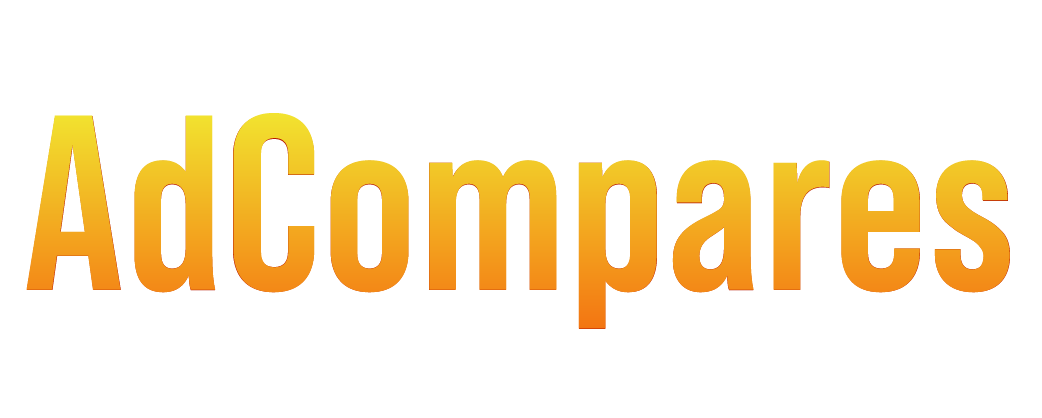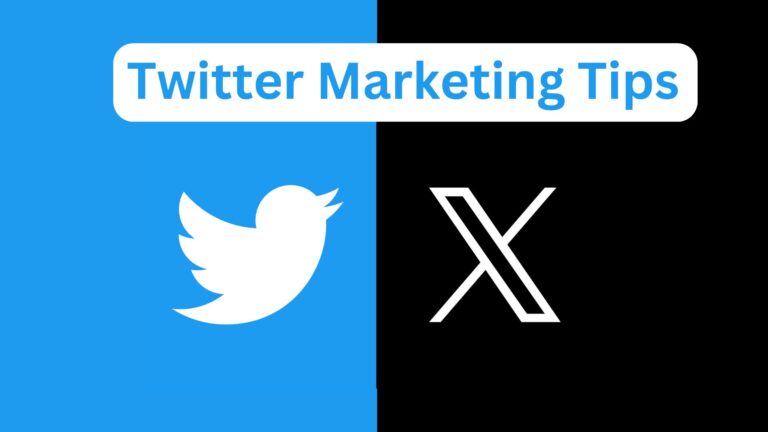Twitter Marketing Tips
Are you a business owner struggling to find an audience for your products or services? Frustrated with advertisements that don’t seem to increase your sales? If you’re new to marketing, Twitter can be a powerful tool to connect with potential customers. It’s a platform where basic marketing strategies can be learned quickly, and when used right, it helps build your brand and audience.
This guide will take you through the essential tips and tricks to master Twitter marketing. You’ll learn how to stand out in a fast-moving digital space and ensure your tweets get noticed.
What is Twitter?
Twitter is a fast-paced social media platform where over 7,000 tweets are sent every minute. It’s a place where one hashtag can connect your business to a reader on the other side of the world. With millions of users, Twitter helps businesses grow their audience globally. But because tweets have such a short lifespan, it’s essential to capture attention quickly.
What is Twitter Marketing?
Twitter marketing refers to the strategies used by advertisers and publishers to promote their content or products on Twitter. With over 300 million active users and more than 10,000 tweets per second, it’s an ideal platform for reaching a large audience. Twitter also offers a built-in advertising option—Twitter Ads—to promote your posts across the network.
In this article, we’ll focus on the best techniques to get your tweets noticed and engage with your target audience. Whether you’re a beginner or an expert, the following tips will help you effectively market your business on Twitter.
Twitter Marketing Tips for Beginners:
Here are the Top 10 Twitter X Marketing Tips for Beginners in 2025.
- Create an engaging profile
- Select a unique Twitter handle
- Understand your target audience
- Compose effective tweets
- Avoid over-tweeting
- Use catchy hashtags
- Include Twitter videos
- Tweet during peak hours
- Conduct polls with your audience
- Connect with influencers
1. Create an Engaging Profile
To attract attention on Twitter, the first thing you need is a well-designed, engaging profile. Most users will judge your page by its cover, so make sure it leaves a lasting impression.
Your profile bio is a great place to explain your brand. Since Twitter has a 160-character limit for bios, you’ll need to be brief. Avoid using the space to talk about yourself. Instead, focus on what you do and what benefits you offer to customers.
Make your profile picture easy to recognize—whether it’s a personal photo or your brand’s logo. The key is consistency. When people see your logo on Twitter, they should be able to recognize it on other platforms too.
2. Select a Unique Twitter Handle
Many beginners make the mistake of choosing a confusing or overly long Twitter handle. This makes it harder for people to mention your business in their tweets, as Twitter limits the number of characters in a mention.
Choose a short, memorable handle that reflects your brand. Try to keep it consistent with your business names across other social media platforms to avoid confusion. Also, avoid unnecessary numbers or punctuation marks. If possible, include your location to help users find and trust your brand.
3. Understand Your Target Audience
Once your profile is set up, the next step is identifying your target audience. Marketing to the wrong people can waste valuable time and energy, so it’s important to focus on those who are most likely to buy your products or services.
Using relevant keywords and hashtags is one way to connect with the right audience. Twitter is known for its hashtag culture, and a well-placed hashtag can put your content in front of millions. Understanding your audience’s interests and pain points helps ensure your tweets reach the right people.
4. Compose Effective Tweets
Twitter limits posts to 280 characters, so it’s essential to keep your tweets short and engaging. Avoid using complex language. Instead, aim for clear, concise messaging that everyone can understand.
Images and videos can greatly boost the performance of your tweets. Visual content is more likely to capture attention and increase engagement. If you’re promoting a product, consider adding a photo to give users a visual idea of what you’re offering. Including an image helps establish trust, as people are more likely to believe in what they can see.
5. Avoid Over-Tweeting
Tweeting too often can overwhelm your audience and lead to unfollows. Quality over quantity is key. One impactful tweet is worth more than dozens of irrelevant ones. If you tweet frequently, you’ll need to be ready to respond to replies, which can be time-consuming.
Focus on creating valuable content rather than flooding your followers’ feeds. Posting meaningful updates less frequently is a better strategy than tweeting constantly.
6. Use Catchy Hashtags
Hashtags are a powerful tool on Twitter, as they make your content searchable across the network. Using the right hashtags can help your tweets reach a larger audience.
Make sure your hashtags are short and relevant to your content. Too many hashtags can lower your engagement rate, so it’s best to use one or two effective hashtags per tweet. You can also use tools that suggest popular hashtags related to your topic, boosting your chances of being seen.
7. Include Twitter Videos
Incorporating video content in your tweets is another great way to engage your audience. Videos often perform better than text or image-based tweets, as they tend to grab users’ attention more effectively. You can use videos to showcase your products, share behind-the-scenes content, or promote upcoming events.
Live videos also allow you to interact with your audience in real-time. These videos remain accessible after the stream ends, allowing users who missed the live event to watch it later. Just make sure your video content is relevant to your brand and products to keep users interested.
8. Tweet During Peak Hours
Timing your tweets is crucial for maximizing engagement. Twitter has peak hours when more users are active, which can increase the chances of your content being seen.
Peak hours vary depending on your audience, so it’s important to monitor when your followers are most active. Generally, tweets posted on Fridays, Saturdays, and Sundays tend to get more views compared to weekday posts. Scheduling your tweets to go live during these times can help boost your visibility.
9. Conduct Polls with Your Audience
Polls are a simple yet effective way to engage your audience. They encourage interaction and can provide valuable insights into customer preferences.
To create a poll, simply click the same button you use to post a tweet and select the poll icon. Polls can help you gather feedback, conduct market research, or initiate conversations with your followers. Many brands use polls to get a better understanding of what their customers want, helping them tailor their products and services.
10. Connect with Influencers
Partnering with influencers can significantly amplify your marketing efforts. Influencers have a large, dedicated following and can help promote your products to a broader audience.
Start by identifying influencers in your niche who would genuinely be interested in your products. If they like what you offer, they may promote it for free, simply because they believe in your brand. Tools are available to help you find influencers suited to your marketing needs.
Before reaching out to an influencer, check their profile to see if they have the kind of audience that would be interested in your products. This ensures that you’re partnering with someone who can effectively promote your brand.
Conclusion
Twitter is a fantastic platform for marketing your business, but to succeed, you need to follow the right strategies. By creating an appealing profile, using hashtags wisely, and engaging with your audience through polls and influencers, you can effectively promote your brand and attract more customers. With these beginner-friendly tips, you’ll be well on your way to mastering Twitter marketing.
Frequently Asked Questions (FAQs):
How often should I tweet for Twitter marketing?
It’s best to tweet regularly but avoid over-tweeting. Posting 1-3 tweets per day is usually sufficient for most businesses.
What is the best time to tweet?
The best time to tweet depends on your audience. However, research shows that Fridays, Saturdays, and Sundays typically get more engagement.
Do I need to use hashtags in every tweet?
No, but hashtags can help increase visibility. Use 1-2 relevant hashtags in tweets where they make sense.
Can I market my business on Twitter without using Twitter Ads?
Yes, many brands successfully market on Twitter without paid ads by using organic strategies like polls, hashtags, and influencer collaborations.
How do I find influencers to promote my brand on Twitter?
There are several tools available that can help you identify influencers who align with your brand’s niche and audience.

